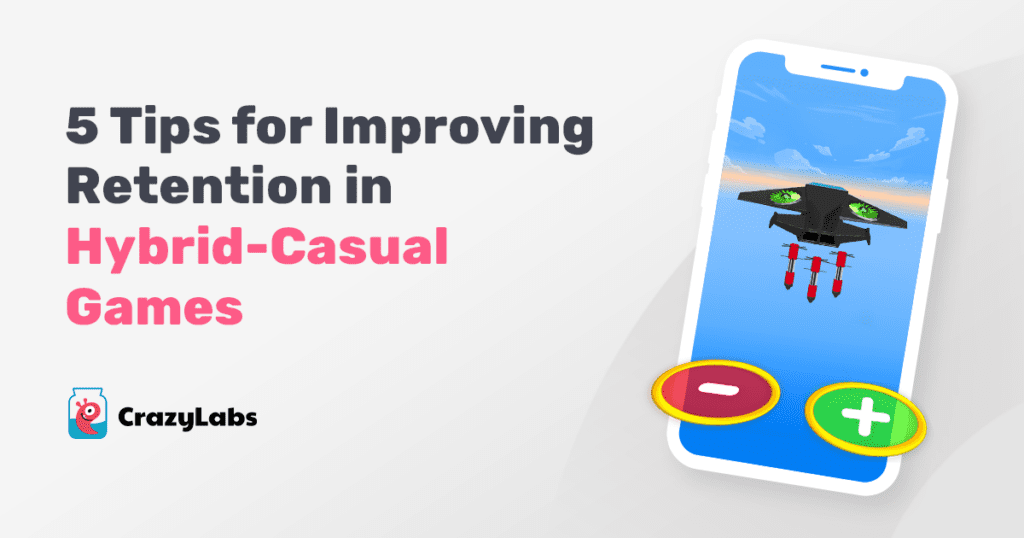Hyper-casual and hybrid-casual games require different KPIs that need to be measured at the various phases of the game development process in order for you to understand whether your game has the potential to succeed. Below, we’ll dive deep into the essential KPIs for hyper-casual and hybrid-casual games that you must keep track of to ensure you’re in the right direction.
1. Acquisition KPIs
Acquisition KPIs measure the cost and effectiveness of user acquisition strategies. These KPIs include: Impressions: The number of times your game’s ad appears on a user’s screen- Click-Through Rate (CTR): The percentage of users who click on your ad after seeing it
- Installs: The number of users who install your game after clicking on the ad
- Cost per Install (CPI): The cost of acquiring each user, including ad spend and marketing costs
- Conversion Rate (CVR): The percentage of users who download and install your game after visiting your app store page.
2. Retention & User Engagement KPIs
Retention and user engagement KPIs measure the level of engagement and interest of your users. These KPIs include:- 24-Hour Playtime: How long has the player been playing the game in 24 hours on average)
- Cumulative Day 3 Playtime: How long has the player been playing the game in three days (on average)
- First Session: This metric is the duration of a payer’s first session
- Average Session: Is the average session length of the first day of install
- Retention Rate: The percentage of users who continue to play your game after a specific period, such as Day 1, Day 7, or Day 30
- Level Funnel: The percentage of users who stop playing your game after a specific period. It’s important to pay attention to where the player churn. Is it in between levels or while playing a specific level
- Mini Level Funnel: This analysis is even deeper than Level Funnel as it shows you analytics on the performance of ‘a step’ within the level. This metric is especially important for longer levels in hybrid-casual and simulation games
- Time to Completion level: How long did it take the player to complete the level
- Fail Rate: Where did the player fail in the levels
3. Monetization KPIs
Monetization KPIs measure the revenue generation and effectiveness of your monetization strategies. These KPIs include:- Average Revenue per User (ARPU): The average revenue generated per user. When analyzing ARPU it’s imperative to analyze the following metrics:
- Day 0 ARPU
- First 24-hour ARPU
- Day 3
- Day 7
- Ad Revenue: The revenue generated from advertising
- In-App-Purchases (IAPs): If you have IAPs in your game, you need to track which type of IAP (for example, booster, a special bundle) is working best and how many times the player purchasing these IAPS, and in which levels
- Ad Impressions per User: The average number of ads shown per user per session. It’s super important to distinguish between the different types of ads (interstitials, ad banners, rewarded videos)
- Ad Type Distribution: When working with an established publisher, their dashboard will have access to analyses of which type of ads (e.g., interstitials ad, banner ad, rewarded videos) perform best on each of the levels.
4. Crash Rate Report
- Crash Rate: At a high level, this metric measures the health of the game. It’s a comprehensive report that shows how often your game crashes, in which levels, game versions, devices, and platforms (Android vs iOS).


